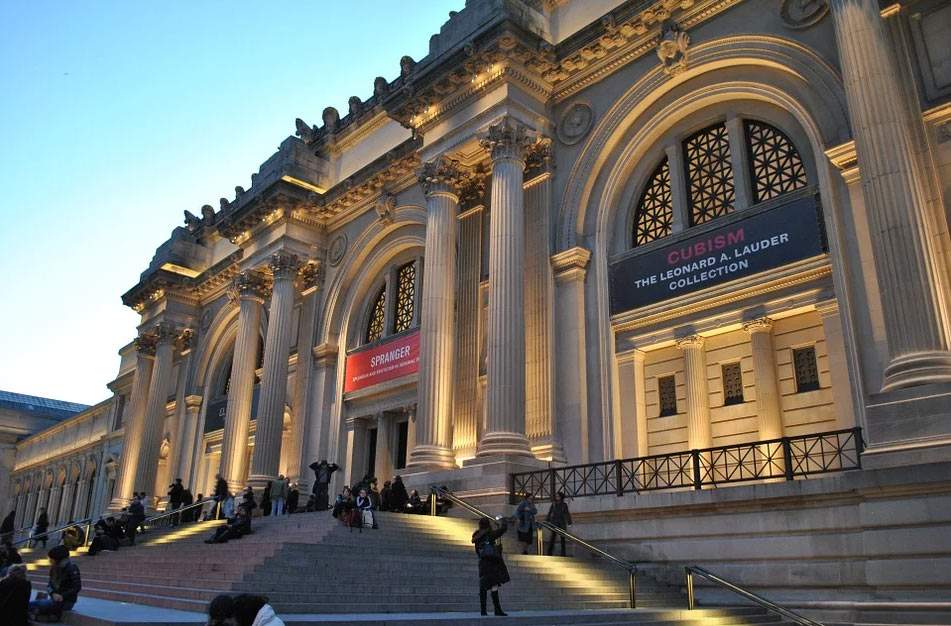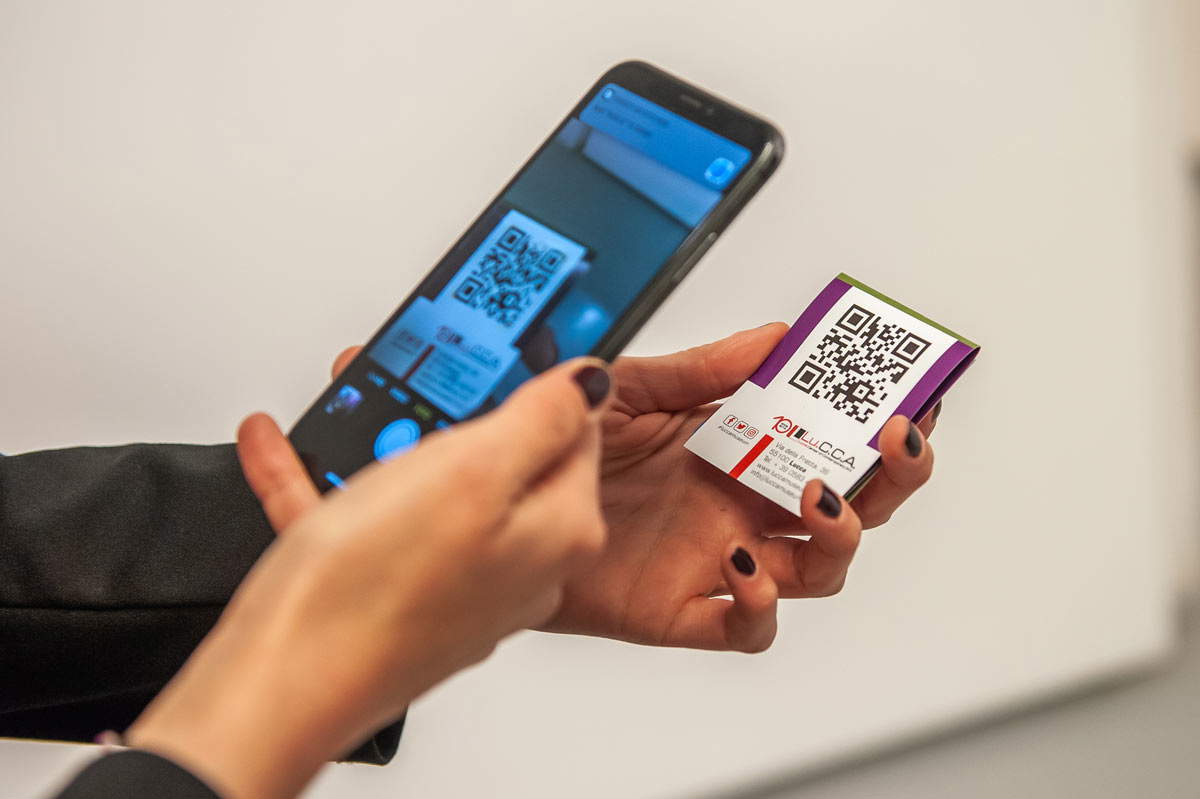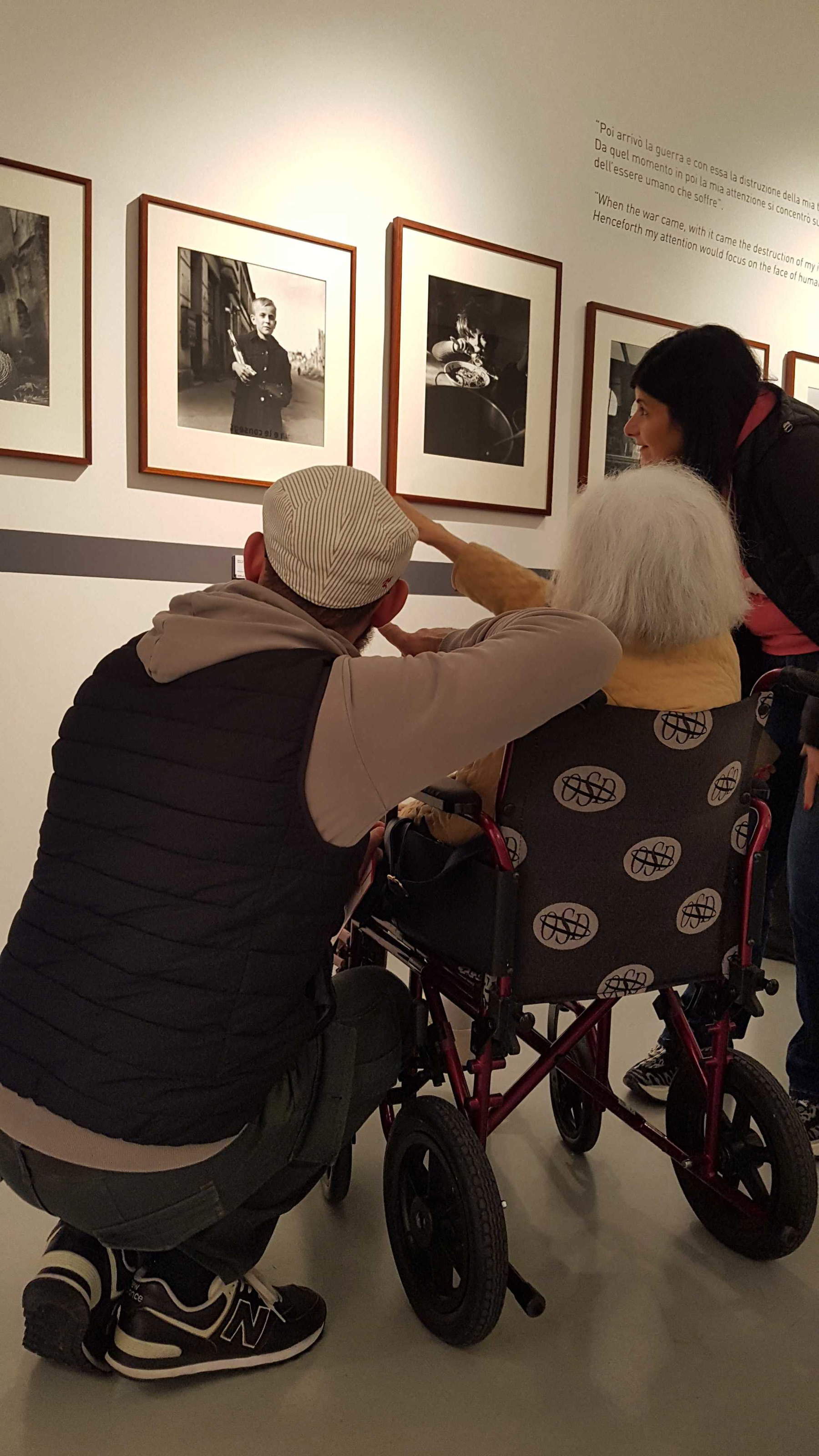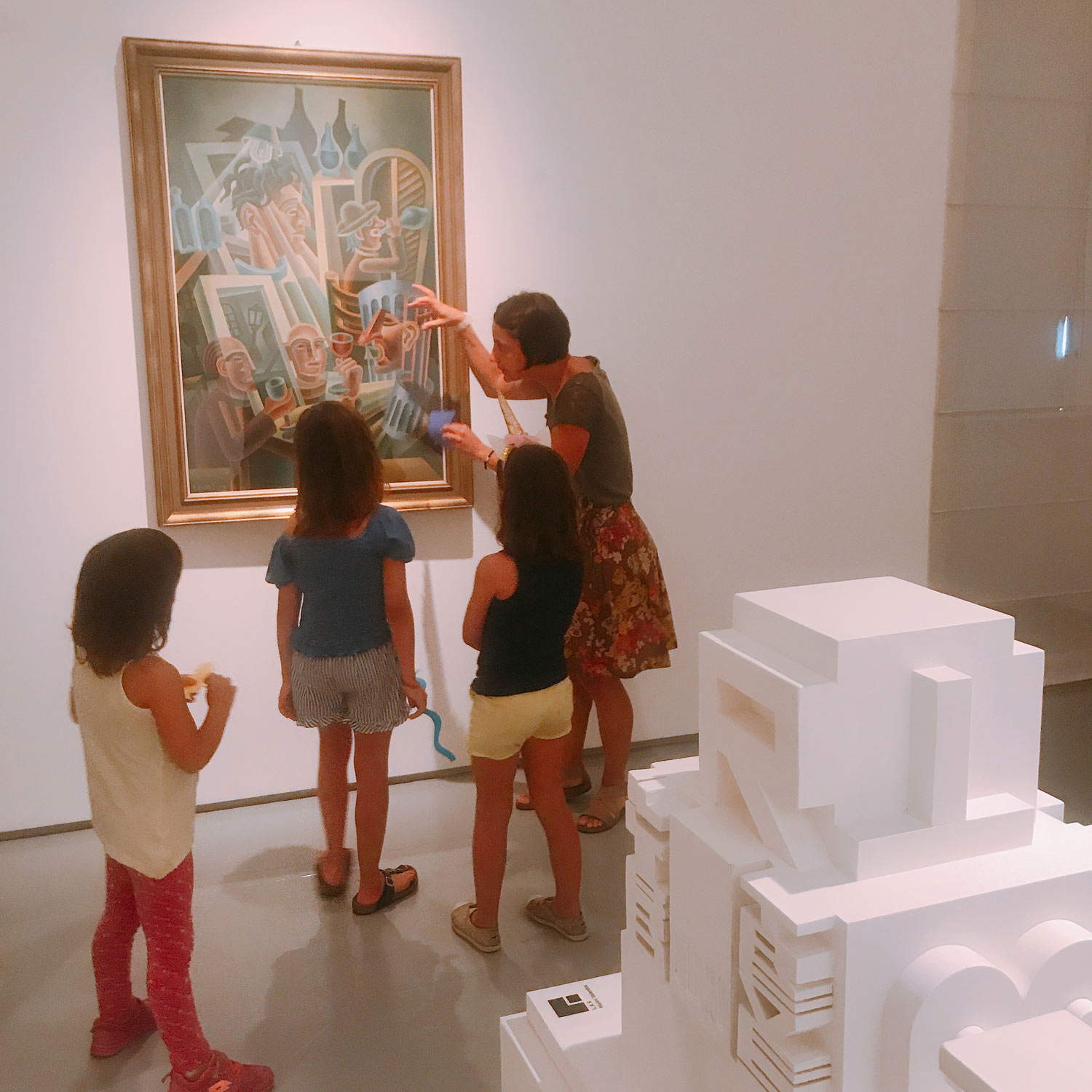“A museum is a permanent nonprofit institution at the service of society and its development, conducting research into the tangible and intangible evidence of man and his environment, acquiring, preserving, communicating and especially exhibiting it for purposes of study, education and enjoyment” (Icom, XXI General Conference, 2007, Vienna). This is Icom’s latest definition of a museum, which highlights among its objectives, in addition to the usual ones related to study, education and research. Delight which, literally, means deep pleasure and intense enjoyment. Certainly a big step forward in relation to the anthropological, social and economic change of humankind over the past decade. The 2007 crisis had already partly changed people’s habits, their needs and their relationship with culture and museums. As early as 2004, the words entertainment and socialization were beginning to be juxtaposed with museums, experimenting with new strategic forms that would shortly give rise to unconventional marketing. Museum facilities could no longer be considered places that provided cerebral and sensory pleasures only to scholars or enthusiasts.
Yet Anglo-Saxon museology had already demonstrated that facilities that produced culture could engage in dialogue with general audiences: the Metropolitan Museum in New York, founded in 1870, was already adapting museological designs inspired by the department store models of the late 19th century as early as 1915. All audiences could benefit from frequenting them, and the cultural product could have been a source of inspiration for any private enterprise. In the 1930s another element appeared that would characterize many American museums: entertainment, understood as a strategic tool to engage numerous target audiences through collection-inspired experiences. Not just great works of art, but side projects designed to amaze, amaze, intrigue, engage and educate about culture through participation, entertainment and socialization.
The first European anti-museum was the Centre Georges Pompidou (Beaubourg), opened in 1977 in Paris, which, very much in line with American structures, presented itself as a museum facility for modern and contemporary visual arts, design, but also as a library and as a focal point for Electronic and Multimedia Art. What made it truly unique were the rooms dedicated to contemporary arts education and production and, also through the many services it offered, its entry into the daily life and leisure of visitors. This model set the standard, allowing museology to adapt to the further changes of the following decades until we arrive at two events that, certainly, accelerated an evolution that was already in place: the Covid-19 pandemic and the ratification of the Faro Convention that took place, by our government, at the end of September 2020. On the one hand, the need to adapt to new scenarios, new times to devote to culture, changing people and the evolving desires of audiences who, in having to be profiled again for tailor-made cultural offerings, express needs increasingly related to the new lifestyle; on the other hand, the duty to predispose museum facilities to public-private collaboration, to contemplate the participation of all, to break down social barriers, to focus on sustainable growth projects, to invest in plans related to social responsibility (Museum Social Responsibility) and environmental sustainability, to focus on health and well-being, to experiment with functional technology solutions to problems and different needs, and to dialogue with the territory (private enterprises and sustainable tourism).
 |
| New York, the Metropolitan Museum |
 |
| Paris, the Centre Pompidou |
Therefore, Icom’s definition of 2007, would no longer be appropriate to the new needs of museum audiences, and at the same time, traditional functions would no longer be sufficient to fully express the potential of facilities that cannot be limited to being places of preservation, acquisition, scientific research, exhibition, and promotion for educational and study purposes. One of the new determining functions will be the study, application and dissemination of the dimensions of digital and new technologies. Technological progress in museums, brought by the research and innovation compartments, must not only be engaged by the temporary needs of the general public market (crucial at the time of Covid-19), but will have to remain active in the following years because people’s habits will continue to change and their needs, related to lifestyles, will continuously evolve. The world will be different, society will turn out to be transformed, cultural identities will take on a different role, and museum markets (general public, private enterprises, territory and tourism) cannot be studied through previous strategies. Only a virtuous use of technology (a partnership with a branch university is desirable), supported by unprecedented strategies and new governance models, can bring museums back in line with the needs of the “new world.”
With the ratification of the Faro Convention, it becomes everyone’s right to participate in cultural heritage and a duty to protect it. Another important function of the museum will be to invest in a sustainability plan that has human growth and improved quality of life as its main goal. Sustainable growth predisposes to other fundamental goals: the intangible good, the common good, and the relational good. This results in projects that will emphasize the museum’s relationship with theeconomy (new sustainability plans, novel forms of fund raising and business models), the social (breaking down social barriers through personalized cultural offerings, creating partnerships with voluntary associations and Schools of all levels) and the environment (improving where possible the environmental impact and educating to an ecological consciousness). Putting the visitor at the center means proposing marketing strategies that contemplate new ways of profiling (from target to personas), segmentation (from traditional to mirror segmentation), engagement and retention.
Another important function is related to a stronger relationship with territory: the museum must become an indispensable reference point for its promotion. The museum can bring added value to traditional functions by connecting with tourism. New tourists, like museum visitors, will also seek more authentic experiences to improve their quality of life. Unconventional strategies such as Humanistic Marketing bring the tourist, who knows what he or she wants but not how to get it, back to the center of attention through packages that could be considered real intangibles. The museum emerges as a tourist destination when it connects to other places of culture, when it plans projects related to emotional and inner well-being, when it acts as an info point for other offers in the area, and when it highlights offers related to Social Responsibility and Environmental Sustainability.
 |
| Digital at the Lu.C.C.A. - Lucca Center of Contemporary Art |
 |
| Digital at the Lu.C.C.A. - Lucca Center of Contemporary Art |
 |
| Art therapy for people with Alzheimer’s disease at the Lu.C.C.A. - Lucca Center of Contemporary Art |
 |
| Educational workshops at the Lu.C.C.A. - Lucca Center of Contemporary Art |
That of being well and culture that heals cannot but be counted among the new functions of the museum. The museum providing health and well-being cannot be considered a marginal function; in fact, after the Covid-19 pandemic, for a relatively long time, people will put as a priority of their new lifestyle precisely health and inner well-being. Instinctively, most people will tend to close in on themselves, fueling pathologies such as loss of self-esteem, hopelessness, and depression. Through the creation of experiential wellness platforms, of highly emotional events capable of procuring multi-sensory involvement (such as guided tours with theatrical performance, workshops for all audience segments or playful-educational workshops for children), the museum opens up to pathways that go beyond the collection display or collateral exhibition offerings by touching on dimensions that connect directly to the inner well-being of participants. The relationship between culture and health has evolved more or less steadily since primitive societies (which instinctively used artistic elements to cure their sick) and has taken scientific consistency since the late 1990s (especially through specific studies in Sweden, Norway and Canada, which made it institutional). Through Museotherapy workshops, the museum becomes a space for social and health inclusion by contributing to salutogenesis, preservation and increase of one’s mental and physical well-being.
Last but not least, regardless of the nature of the museum, is the function related to contemporary arts research and experimentation. To aspire to enter the everyday and the “here and now” of the general public, a museum must transform itself into a cultural seismograph. For example, proposing an exhibition of a contemporary artist within a museum dedicated to archaeological artifacts is not only a symbol of art-historical continuity, but a visual testimony and cross-cultural expression of the evolution of thought as a function of social and anthropological change in a community. Not to mention the strategic opportunity that an exhibition can exert on particular segments of the public. The world changes, evolves and modifies its scenarios, and museums cannot fail to take this into account without losing their identity and their indispensable traditional functions.
Warning: the translation into English of the original Italian article was created using automatic tools. We undertake to review all articles, but we do not guarantee the total absence of inaccuracies in the translation due to the program. You can find the original by clicking on the ITA button. If you find any mistake,please contact us.